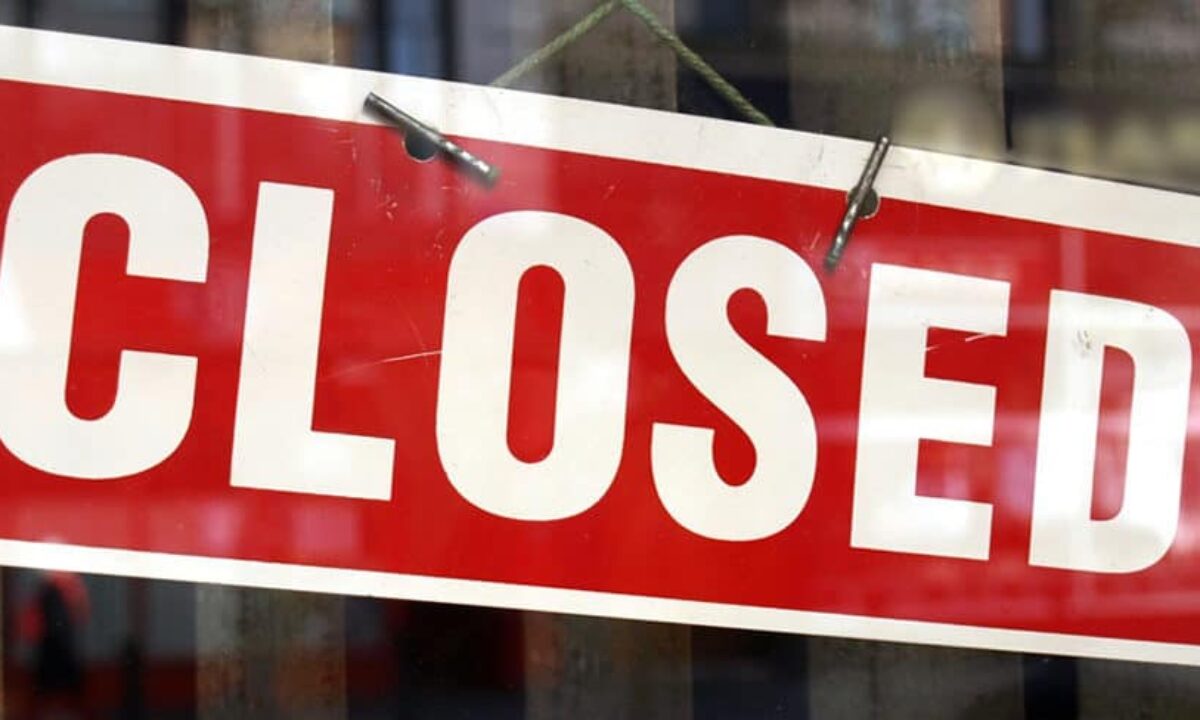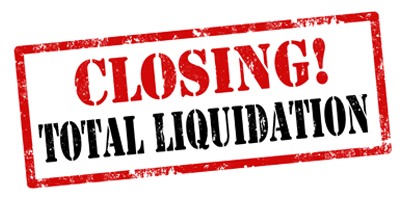The 8-Second Trick For Company Liquidation
The 8-Second Trick For Company Liquidation
Blog Article
Unknown Facts About Company Liquidation
Table of ContentsAbout Company LiquidationSome Ideas on Company Liquidation You Should KnowThe Main Principles Of Company Liquidation The Company Liquidation Ideas7 Simple Techniques For Company Liquidation
A liquidator is particularly assigned to manage the ending up of a business's events in order for it to be shut down typically when the company is declaring bankruptcy. The liquidator is an unbiased 3rd party who supervises the sale of firm assets in order to repay any type of exceptional financial obligations.Their role includes, but is not restricted to: Impartial Movie director: A liquidator is entrusted with working as an unbiased 3rd party to manage the entire firm liquidation process. Develop Statement of Affairs: Liquidators have to create a thorough statement of affairs record. This document is distributed to financial institutions, outlining the existing monetary standing of the company at the time of its liquidation.
After the liquidation of a company, its presence is removed from Companies Residence and it stops to be a lawful entity. If directors browsed the procedure without concern, there would certainly be no fines or personal obligation for firm financial obligations expected. Currently, with a fresh start, supervisors can explore brand-new service possibilities, though expert examination is suggested.
Fascination About Company Liquidation
As an example, if greater than 90% of all company investors agree, liquidation can occur on brief notification within 7 days, the minimum legal notice for creditors. Usually, the larger the liquidation and the more properties and resources the service has, the longer the process will take. 'Do I need to pay to liquidate my business?', the answer will certainly rely on whether or not your business has any assets remaining when selling off.

We understand that no 2 firms coincide, which is why we will take the time to learn more about your service so we can suggest the very best strategy for you. We just work in your best passions, so you can be totally confident in the solution we supply.
6 Simple Techniques For Company Liquidation
In the UK, there is a set procedure to folding or reorganizing a limited firm, whether it is solvent or bankrupt. This procedure is recognized as liquidation and can just be handled by a qualified bankruptcy expert (IP) according to the Bankruptcy Act 1986. There are four primary sorts of business liquidation process: Lenders' Voluntary Liquidation (CVL); Mandatory liquidation; Administration; and Members' Volunteer Liquidation (MVL).

In these circumstances, it is essential that the business stops trading; if the service remains to trade, the directors could be held personally liable and it might lead to the insolvency practitioner reporting wrongful trading, recognized as misfeasance, which might bring about lawful activity. The directors assign an insolvency practitioner and when this has been concurred and validated, there is a meeting with the shareholders.
Obviously, if there are no investors, this step of the procedure is not necessary (Company Liquidation). The IP takes control of the business and begins the firm liquidation process. The directors are no more entailed in what occurs, consisting of the sale of the firm's assets. If the directors want any of the possessions, they browse around here can inform the IP.
Not known Incorrect Statements About Company Liquidation
The main distinction is that the company's lenders related to the court for an ending up order which click here for info forces the financially troubled company right into a liquidation procedure. Lenders take this action as a last resort since they have not obtained settlement through other kinds of negotiation. The court designates an insolvency expert, likewise known as a main receiver, to carry out the mandatory company liquidation procedure.
This type of company liquidation is not volunteer and supervisors' conduct is reported to the UK's Secretary of State once the liquidation procedure has been finished. Any director that falls short to work together with the IP or has actually been involved in supervisor misconduct, or a deceitful act, may result in serious effects.
It is utilized as a means to secure the business from any lawsuit by its creditors. The supervisors of the firm accept make routine payments to resolve their financial debts over an amount of time. The appointed manager manages the volunteer administration procedure, and gets the payments which they then disperse to financial institutions according to the agreed quantities.
Getting My Company Liquidation To Work
This gives the firm with time to establish a plan moving forward to rescue the company and stay clear of liquidation. Nevertheless, at this moment, supervisors hand control of the business over to the designated administrator. If a company is solvent yet the supervisors and shareholders intend to shut business, a Members Voluntary Liquidation is the right alternative.
The firm liquidation process is managed by a liquidator appointed by the supervisors and shareholders of the company and they must authorize a declaration that there are no lenders remaining. The liquidation process for an MVL is similar to that of a CVL because properties Click Here are realised yet the earnings are dispersed to the directors and the investors of the business after the liquidator's fees have been paid.
Report this page